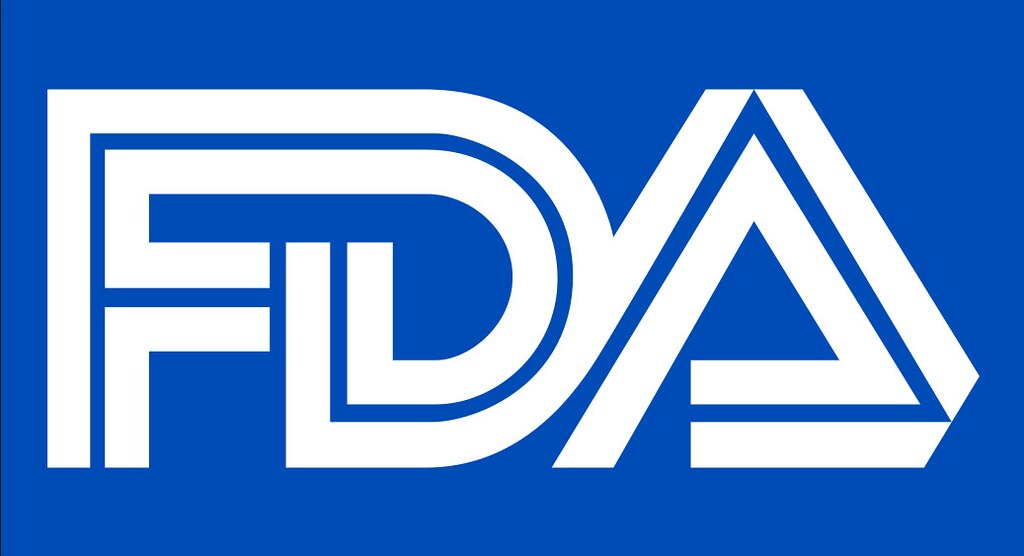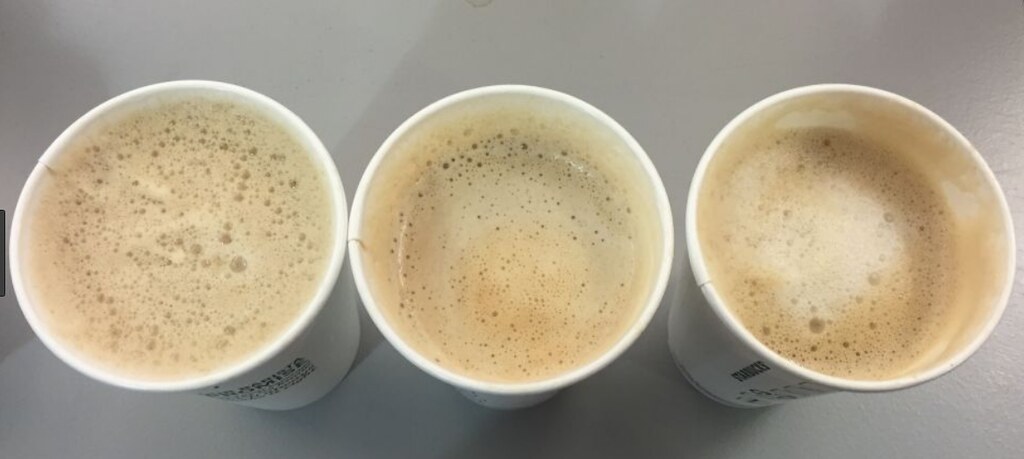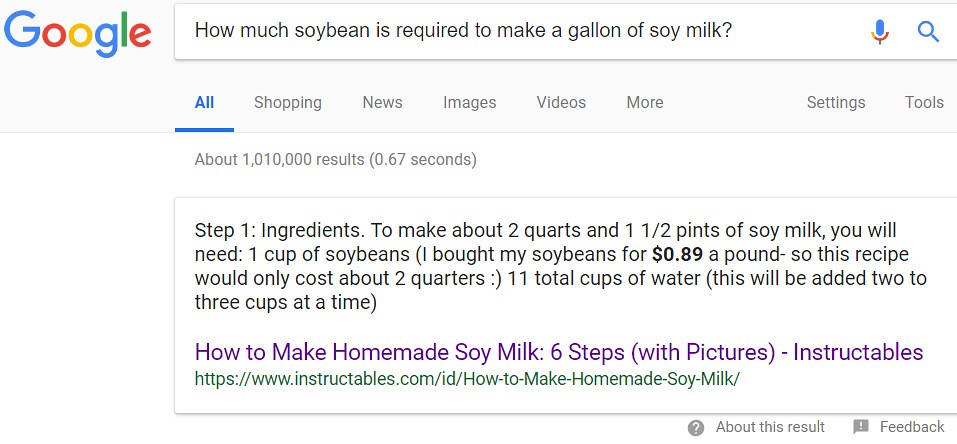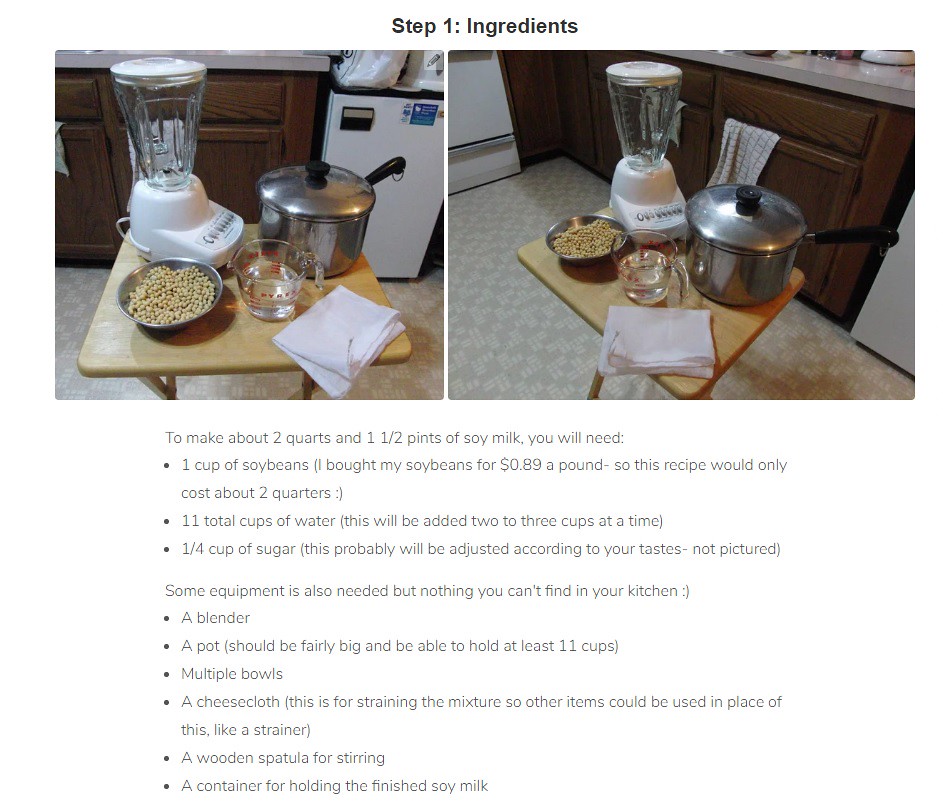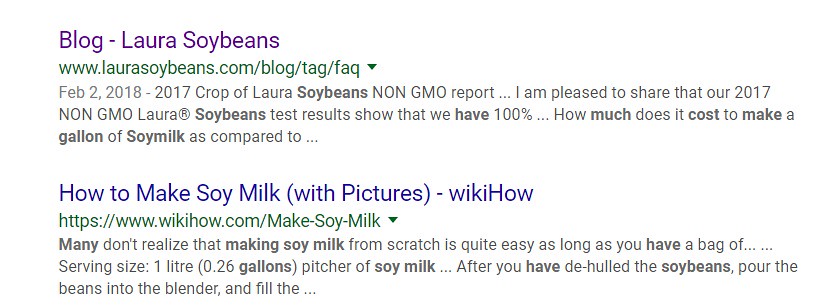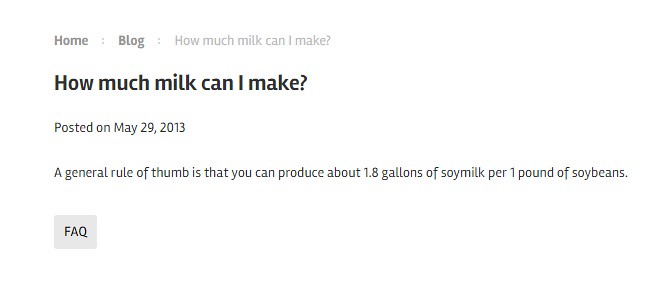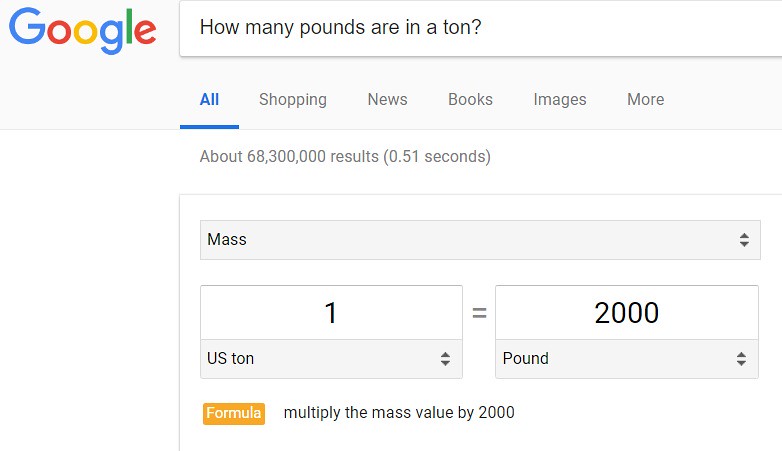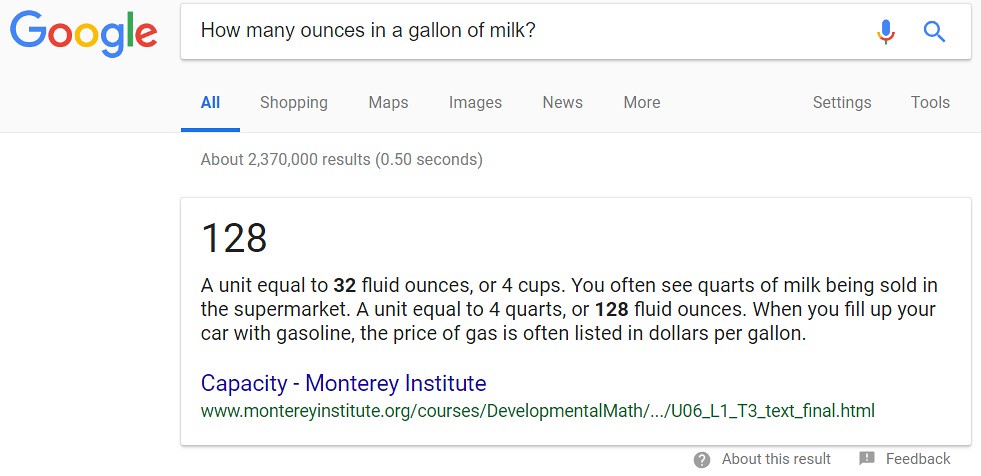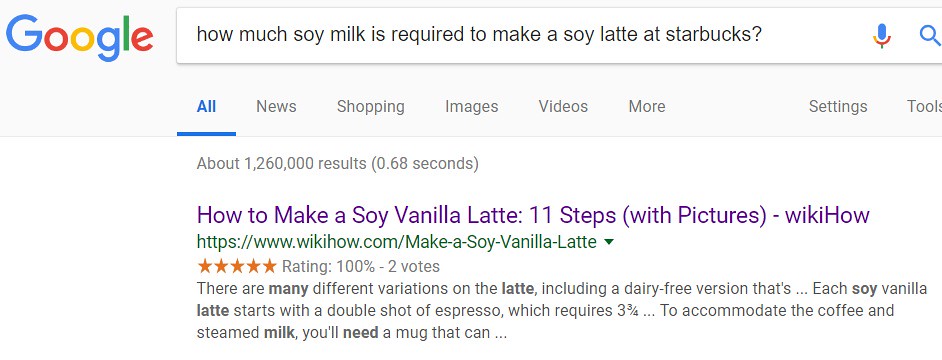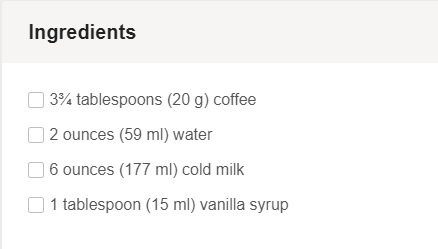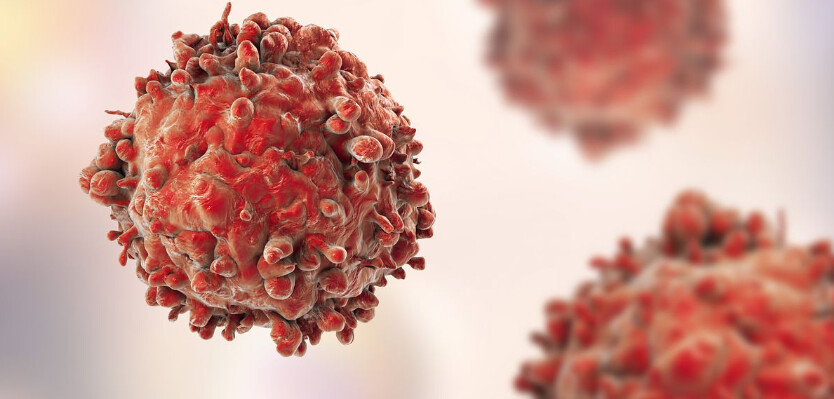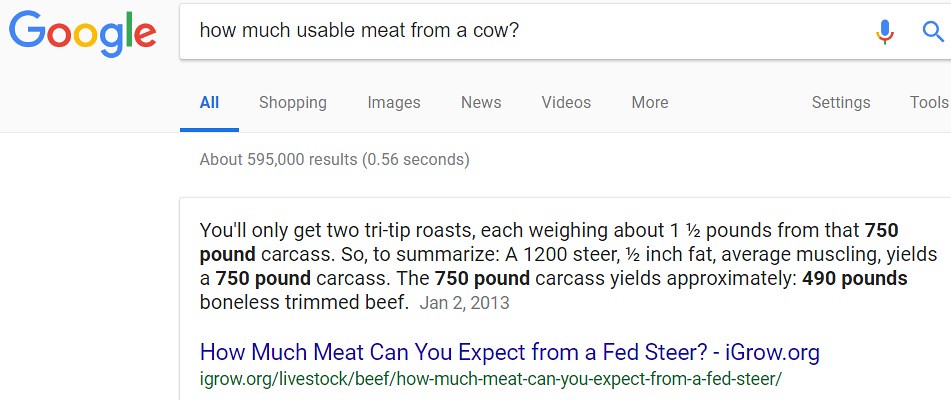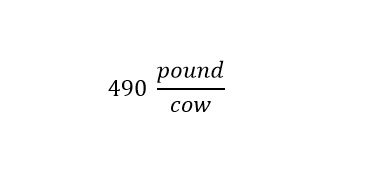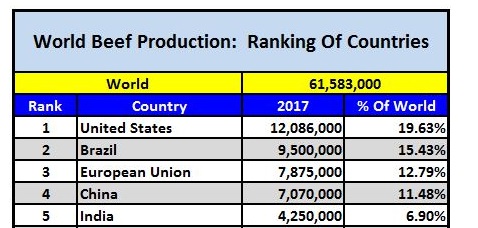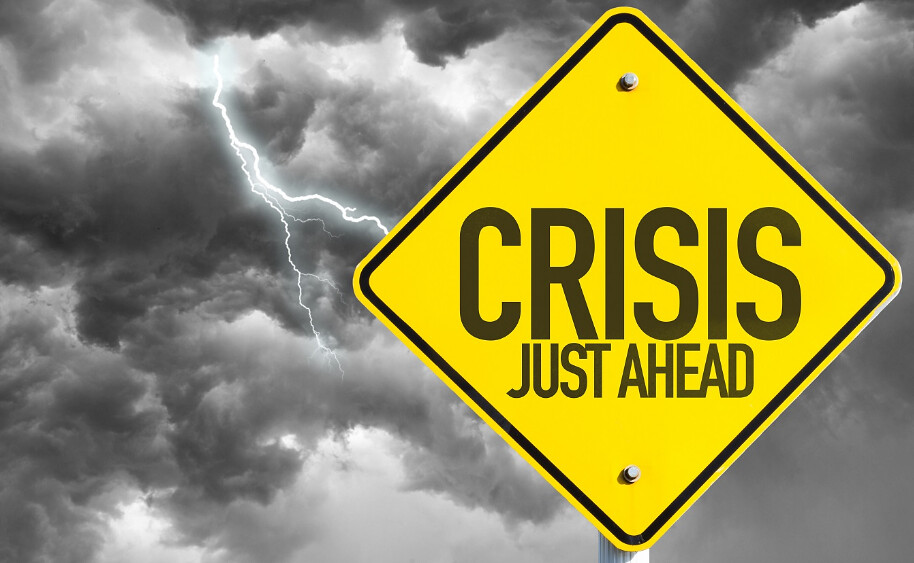Source: Physics.Org
Regardless of your view on climate change, the idea that change is not occurring around us as a result of actions over time is a far reaching concept. Government officials (elected officials) -- senate and congressional leaders are in agreement. Although, constituents may influence their ability to relay their position in a public forum. Why? Furthermore, why does our President of the United States feel such a compelling force to step in front of a camera and take a stance counter to what scientific evidence points to as being true? To counter the misinformation spread by the President on an interview, the Executive Director of the American Meteorological Society (AMS) stepped up and wrote a letter in opposition to his actions. Lets take a small step back before showing the letter written in opposition to the President. What is the AMS?
The American Meteorological Society consists of more than 13,000 scientists with the following mission:
The American Meteorological Society advances the atmospheric and related sciences, technologies, applications, and services for the benefit of society.
With a historical context as follows:
Founded in 1919, the American Meteorological Society (AMS) is the nation’s premier scientific and professional organization promoting and disseminating information about the atmospheric, oceanic, and hydrologic sciences. Our more than 13,000 members include researchers, educators, students, enthusiasts, broadcasters and other professionals in weather, water, and climate.
With this introduction to the Meteorological Society in mind, here is the letter from the Executive Director of the American Meteorological Society below:
16 October 2018President Donald J. TrumpThe White House1600 Pennsylvania Avenue NWWashington, DC 20500Dear President Trump:The interview with Lesley Stahl on “60 Minutes” that aired Sunday, 14 October, included several questions related to climate change, reflecting the fact that this is an issue of vital importance to the nation. You raised several points in your replies that provide an opportunity for input from the scientific and science policy communities.There is an overwhelming body of scientific evidence that shows that the warming global climate we have been experiencing in recent decades is primarily caused by human activity and that current long-term warming trends cannot be expected to reverse if no action is taken. These conclusions come from multiple independent lines of evidence. As is standard for the scientific process, each of these lines of evidence has undergone rigorous testing and has overcome all credible challenges. They reinforce one another and there are no contradictory lines of evidence that withstand scientific scrutiny. As a result, the basic scientific conclusions about climate change are extremely robust.There are highly promising risk management options — ones that can reduce the risks of climate change, strengthen the U.S. economy, and promote job creation. Nevertheless, choices about whether and how to respond are complex, as you noted in your interview. People can welcome and accept the basic scientific assessments and still reach different conclusions about what to do. Many options would be consistent with your policy priorities.You also said that scientists are making this political, which is misleading and very damaging. The scientific community welcomes all who commit to the pursuit of understanding through science irrespective of their political views, religious beliefs, and ethical values. As an institution, the American Meteorological Society takes no political positions and we proudly count among our members both individuals who strongly support you and those who routinely disagree. We are stronger for the breadth of our membership.The American Meteorological Society would welcome the opportunity to work with your staff to ensure that they have full access to credible and scientifically validated information as you navigate the many difficult policy areas impacted by the Earth’s changing climate. We are confident that viable solutions exist and that they can be fruitfully developed if the best available knowledge and understanding is applied to the issues at hand.Sincerely,Keith L. Seitter
As stated so clearly by Director Keith Seitter in the letter above, the evidence for climate change and the human component is overwhelming and robust. The letter above is provided to the reader (you) to observe the evidence (support) that is sent to the President of the United States -- which he is obviously ignoring. Scientific evidence is ignored? Amazing.
The science is clear along with the growing support for the reality of change - which is greatly needed. How to get that change implemented is unknown at the moment. I will suggest though that part of the solution lies within each of us -- which is to say -- each of us should educate ourselves on the issue at hand and the scientific evidence which is being presented. That education does not necessarily rely upon a college education, just looking at the world around us. As an example of this point, an article from 'The Scientist' titled "Sports Videos Give Clues to Climate Change" reports a new method used by scientists to observe the effects of climate change:
Over the course of five weeks, Van Langenhove identified 46 individual trees and shrubs that had been caught on film from multiple angles, giving the team 523 images to use to track when the plants leafed and flowered each year, and to measure the size of the leaves. When analyzing the data, the team found that during races that took place in the 1980s, almost no trees or shrubs on the course had begun to flower, and only 26 percent showed any leaves. But from 2006 onward, 45 percent of the same woody plants had started to leaf and 67 percent had started flowering by the time the cyclists hit the road in early April. And when the team correlated the plant data with local climate data—which have logged a temperature increase of 1.5 °C since 1980—the researchers found a solid link between warmer winter temperatures and earlier leafing and flowering (MEE, 9:1874–82, 2018).
The realization that video taken by an international sports organization could serve as a 'standard' for qualitatively observing the ecological changes associated with differing climates over time was ingenious. This work shows that a person does not have to be educated (a formal education) to contribute to the evidence associated with climate research. Each of us are scientists at heart as I have stated before.
Related Blog Posts:
Scientists compare Misinformation In Mainstream News to a Viral Infection
EPA Estimates Of Methane - GHG - are off by 60%
135 Climate Scientists Urge Prime Minister Theresa May to Challenge President Trump on his Climate Stance during visit to the UK
Why Is International Climate Action Important To Your Higher Education Institution?
Scientists Write President Trump Regarding Climate Action
President Trump's Understanding of the Paris Agreement
A Good Start: Republicans Accept Climate Change As Real
There Is No Climate Debate -- Scientific Facts Have Settled The Issue?
How Can The Paris Climate Agreement Be "More Favorable To The U.S."???
Republicans Endorse Carbon Tax For Climate Change? Wow
EPA Blatantly Suppresses Scientific Results Regarding Climate Change?
Environmental Entrepreneurs Weigh In On Repealing The Clean Power Plan
Do You Need Clean Air To Breathe? An Introduction To Environmental Justice
French President Macron Organizes Climate Conference With Pledges Of Trillions Of Dollars For Climate Risk Management From World Organizations

